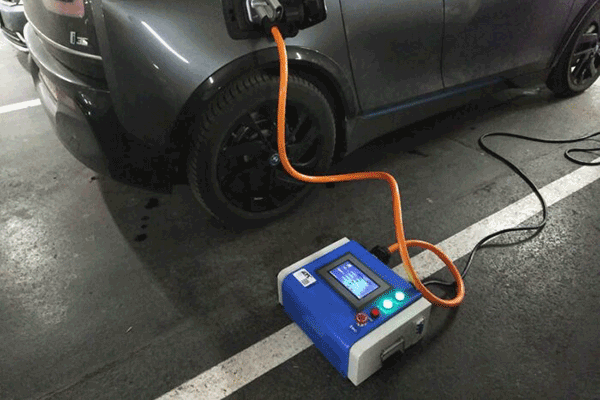ewoodrick
Well-Known Member
I've been following dcbel for quite a while. It seems they may have something actually available now. I was thinking about getting their system to use with our Leaf so the Leaf's CHAdeMO could serve as stationary V2G backup but we got rid of it before dcbel got their product launched.
The debate over onboard -vs- offboard chargers was a big point of discussion back in the '90's. It was as big as inductive -vs- conductive chargers.
GM and Toyota chose offboard inductive (Magnecharger) while Ford and Honda chose onboard conductive (AVCON - that later became J-1772).
Some of the big questions are:
- is it worth hauling the heavy transformer around in your car with you all the time or should we just leave it at the charging site?
- If we're using a public chargers most of the time (including fast chargers), is it worth even paying for our own charger?
Clearly, these were all good topics and, lucky for humanity, NACS (unlike J-1772, Type-2, CCS, and CHAdeMO) supports either onboard or offboard, thus allowing the market to determine which is truly best.
Don't worry folks, there are still the questions of Conductive -vs- Inductive, 3-phase -vs- single-phase, and English -vs- Metric so there will still be plenty to argue about on the internet for a while longer.
Onboard vs offboard is pretty moot, as offboard makes the portable equipment much harder to lug around. And since it would be in your trunk, it might as well be onboard and well integrated.
Inductive? Well, when they can supply the currents required....
Transformer? That is pretty 90's concept, except when you get into the much higher transmission voltages. Switching power supplies have come a long way.
3phase vs 1? That's effectively residential service vs commercial. Not going to get 3 phase at a residence.



